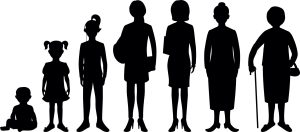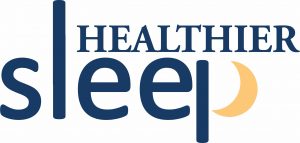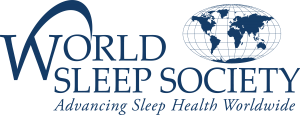Sleep-Related Movement Disorders (SRMD) can occur across the lifespan. However, the prevalence of some sleep-related movement disorders is greater during childhood and then decreases as an individual ages, whereas the prevalence of other sleep-related movement disorders increases with age. The graphic below illustrates some of the common sleep-related movement disorders and their prevalence throughout an individual’s lifespan.

Sleep-Related Bruxism
- Children = 14-17% and decreases over the lifespan
- Teenagers to young adults = 12%
- Young to middle-aged adults = 8%
- Older adults = 3%
Rhythmic Movement Disorder
- 9 months of age = 59%
- 18 months = 33%
- 5 years old = only 5%
Restless Legs Syndrome
- Older adults are more likely to be affected than are children and younger adults- the prevalence increases up to 60-70 years of age.
- Prevalence is estimated to be around 2% in the pediatric population.
- RLS symptom onset usually occurs before the patient is 30 years old when a genetic component is present, but in cases without a genetic component, onset occurs later.



